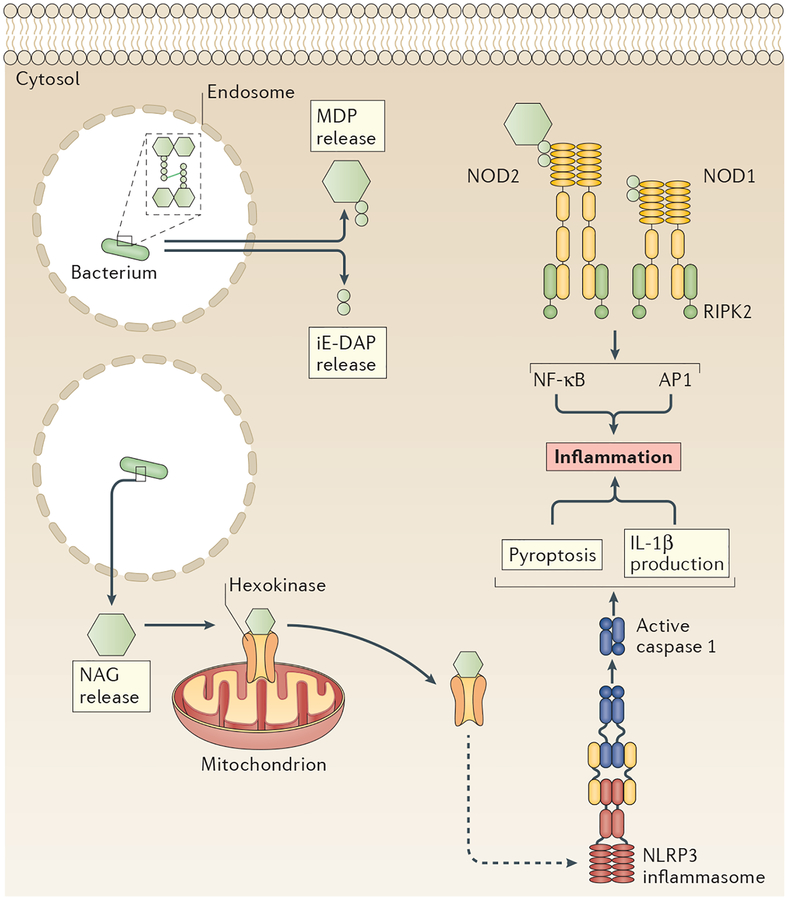Figure 4 |. Three receptors and pathways induce inflammatory responses to peptidoglycan.
Intracellular peptidoglycan is detected by several pattern-recognition receptors (PRRs), including nucleotide-binding oligomerization domain-containing protein 1 (NOD1) and NOD2, which use a receptor-interacting serine/threonine-protein kinase 2 (RIPK2)-based putative supramolecular organizing centre (SMOC) to promote inflammation. NOD1 detects the iE-DAP dipeptide, whereas NOD2 detects muramyl dipeptide (MDP), both of which are peptidoglycan degradation products. Another peptidoglycan degradation product, N-acetyl glucosamine (NAG), indirectly induces assembly of the NLR family pyrin domain-containing protein 3 (NLRP3) inflammasome. NAG binds to the metabolic enzyme hexokinase and induces its dissociation from the mitochondrial membrane. This dissociation stimulates formation of an NLRP3 inflammasome through an unknown mechanism (dashed arrow). AP1, activator protein 1; IL-1β, interleukin-1β; NF-κB, nuclear factor-κB.

